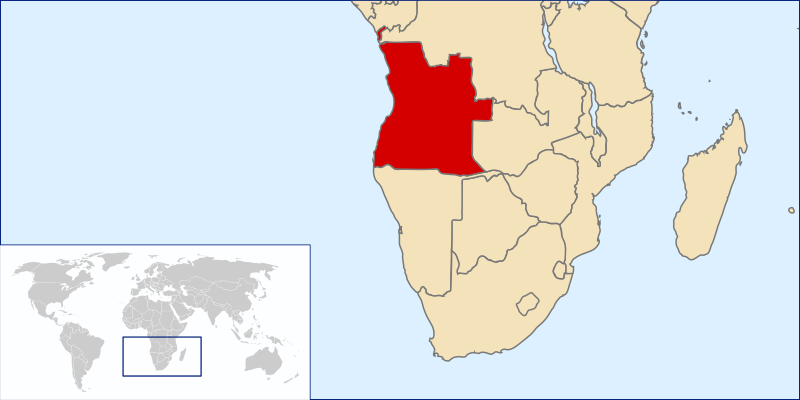Film: Another Day of Life

The civil war in Angola had its roots in the colonial age. Angola had been a Portuguese colony. The country's borders had been created by Europeans, and when the Portuguese accepted independence for Angola, conflicts arose between different groups and peoples in the country.
Angola gained independence during the Cold War. The Cold War was a conflict between the United States of America and the Soviet Union after World War II. In the Cold War, the United States and the Soviet Union competed for influence around the world. It was a rivalry between economic systems: the market economy on the one hand, and communism on the other. It was also regarded as a conflict between democracy and dictatorship. Stopping the spread of communism was the United States' most important foreign policy goal in the period.
In the war in Angola there were several groups fighting each other. The Soviet Union and the United States supported different sides in the conflict at different times. Cuba, China and several Eastern European countries lent support to groups in the conflict, as did members of NATO.
The film Another Day of Life focuses on the early days of the conflict, and shows how this civil war became part of the Cold War. Using a mixture of documentary footage and animation the film describes how the Polish journalist Ryszard Kapuscinski worked to get as close to the action as possible in order to tell the story of what happened during the war.
Watch the film Another Day of Life by clicking below, or you can watch it on NDLA film: As you watch, fill in the film analysis worksheet you find in the expandable box below.